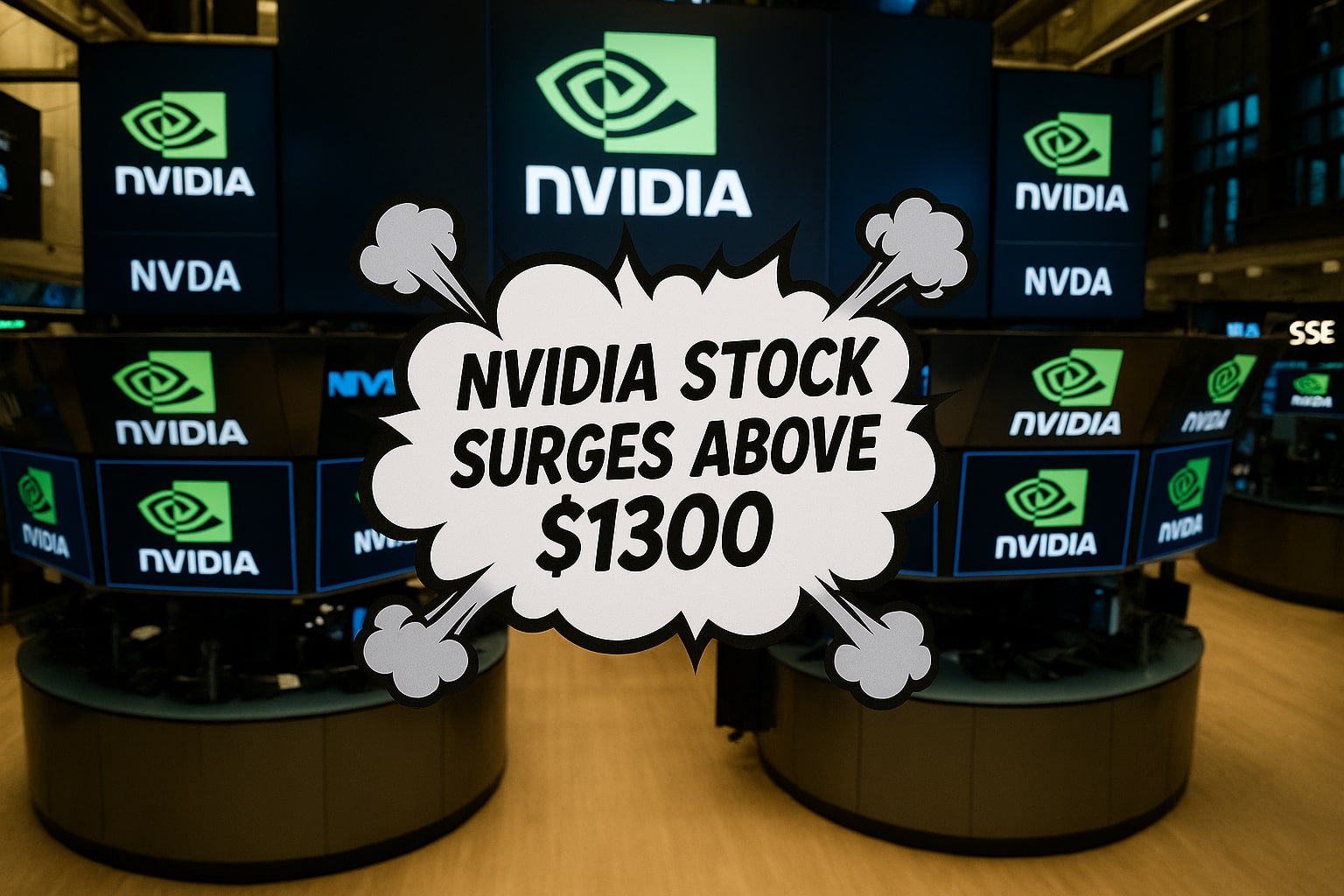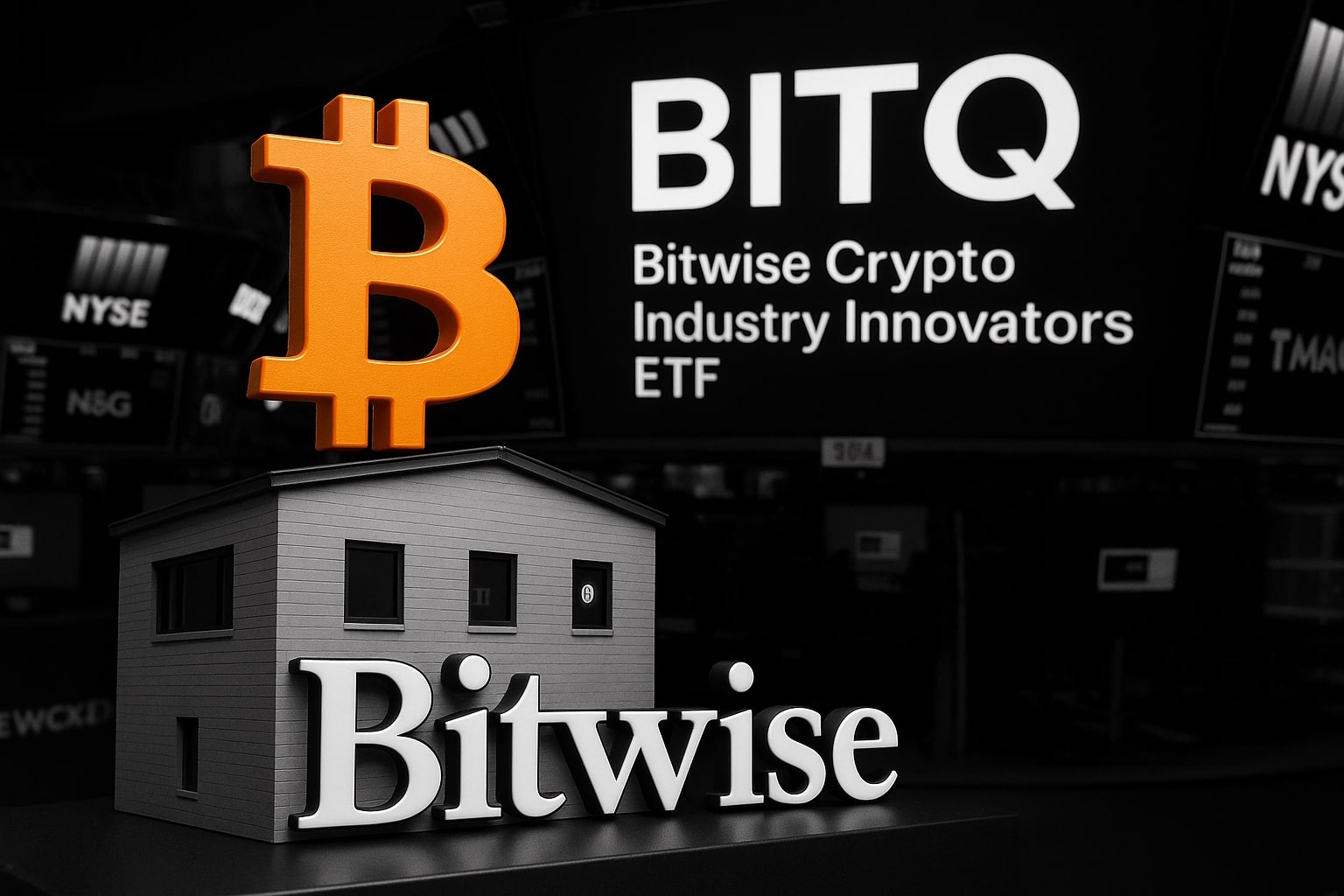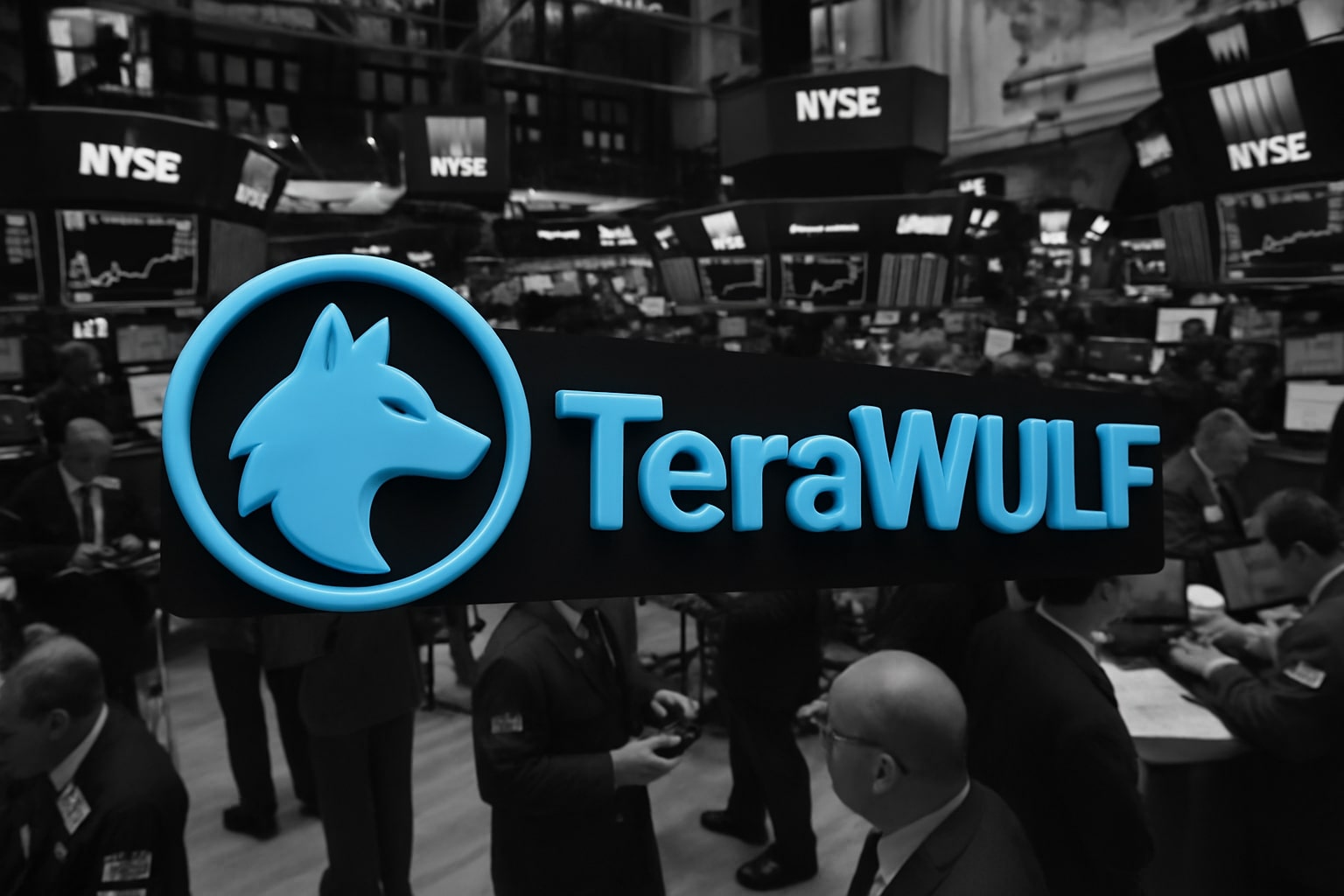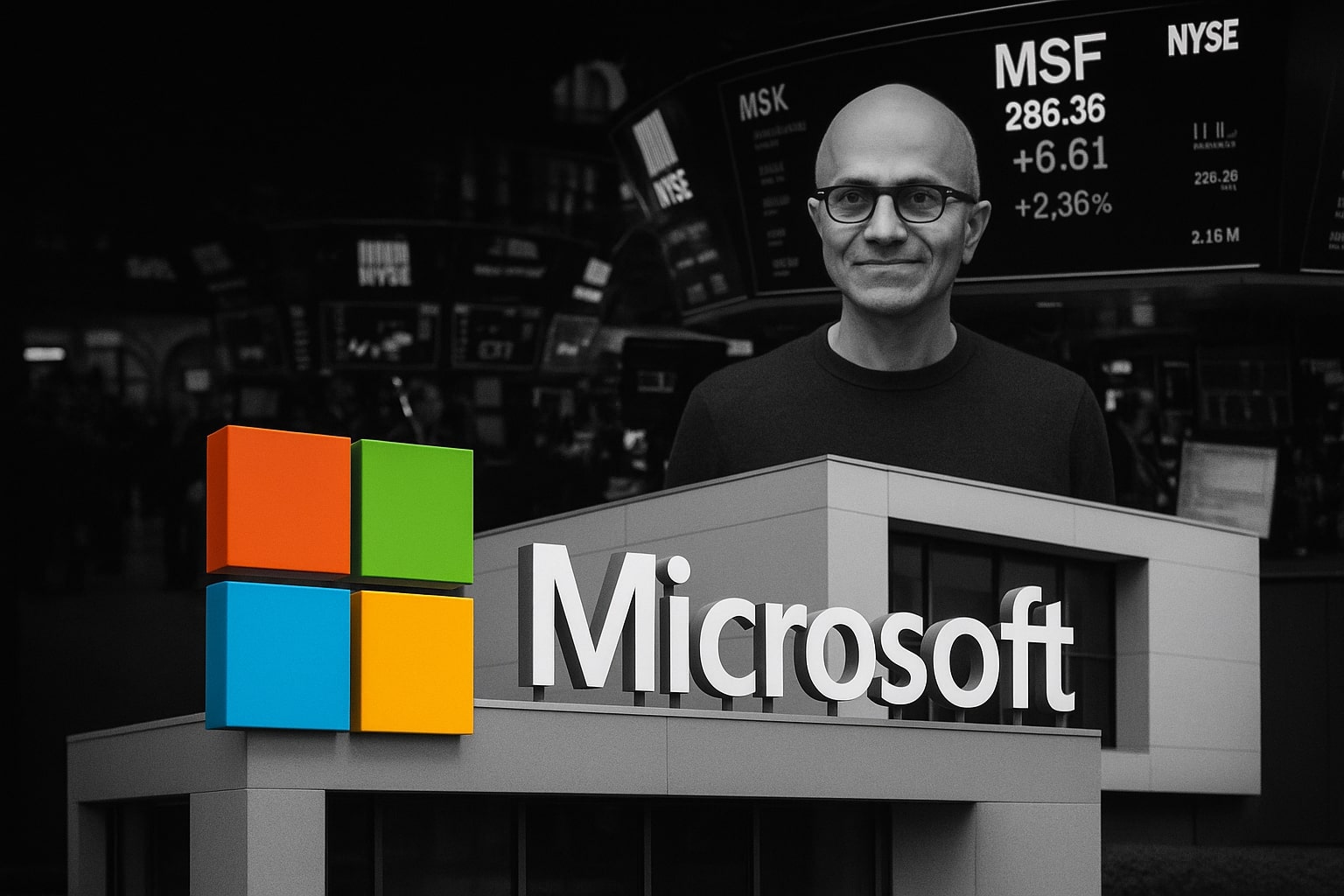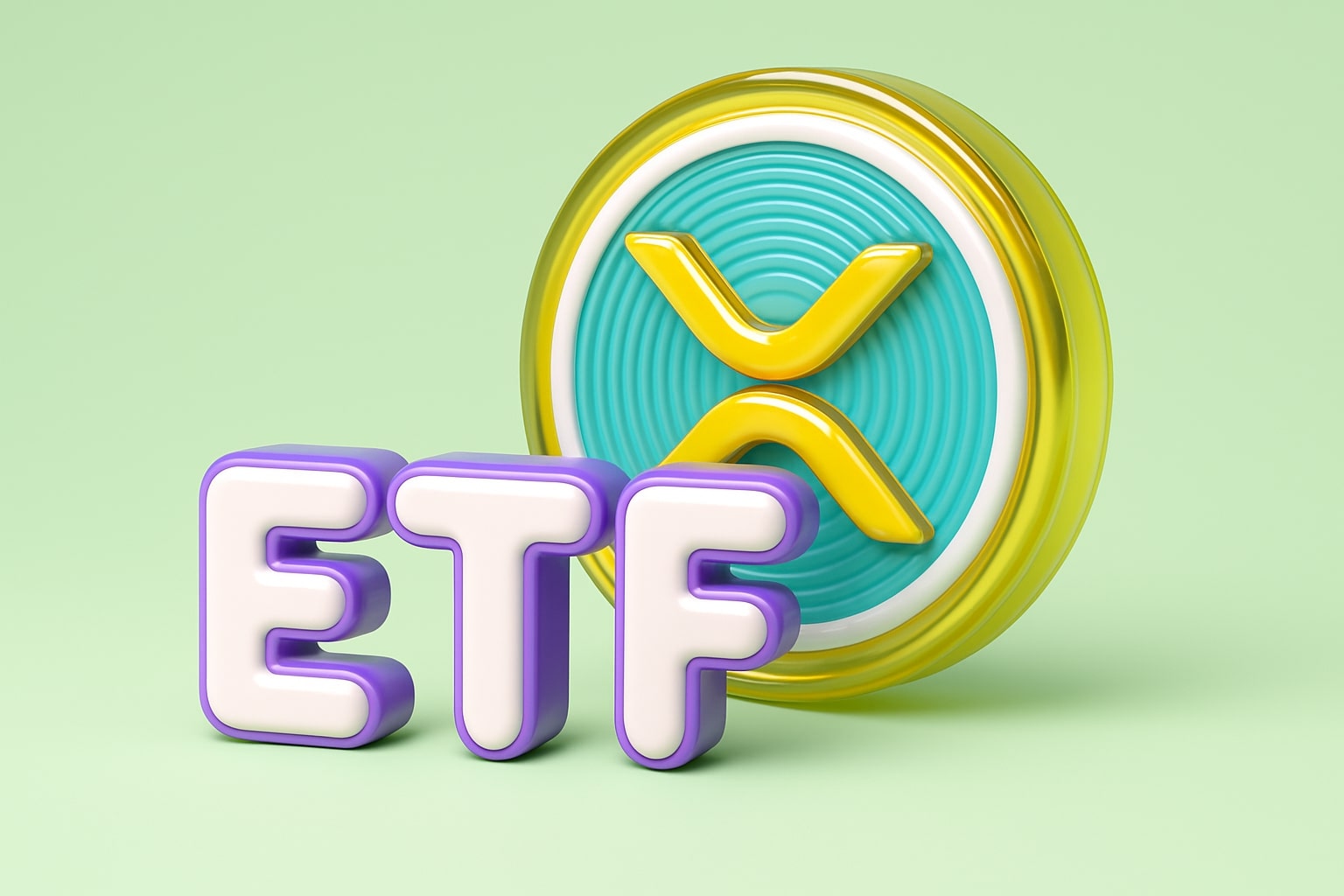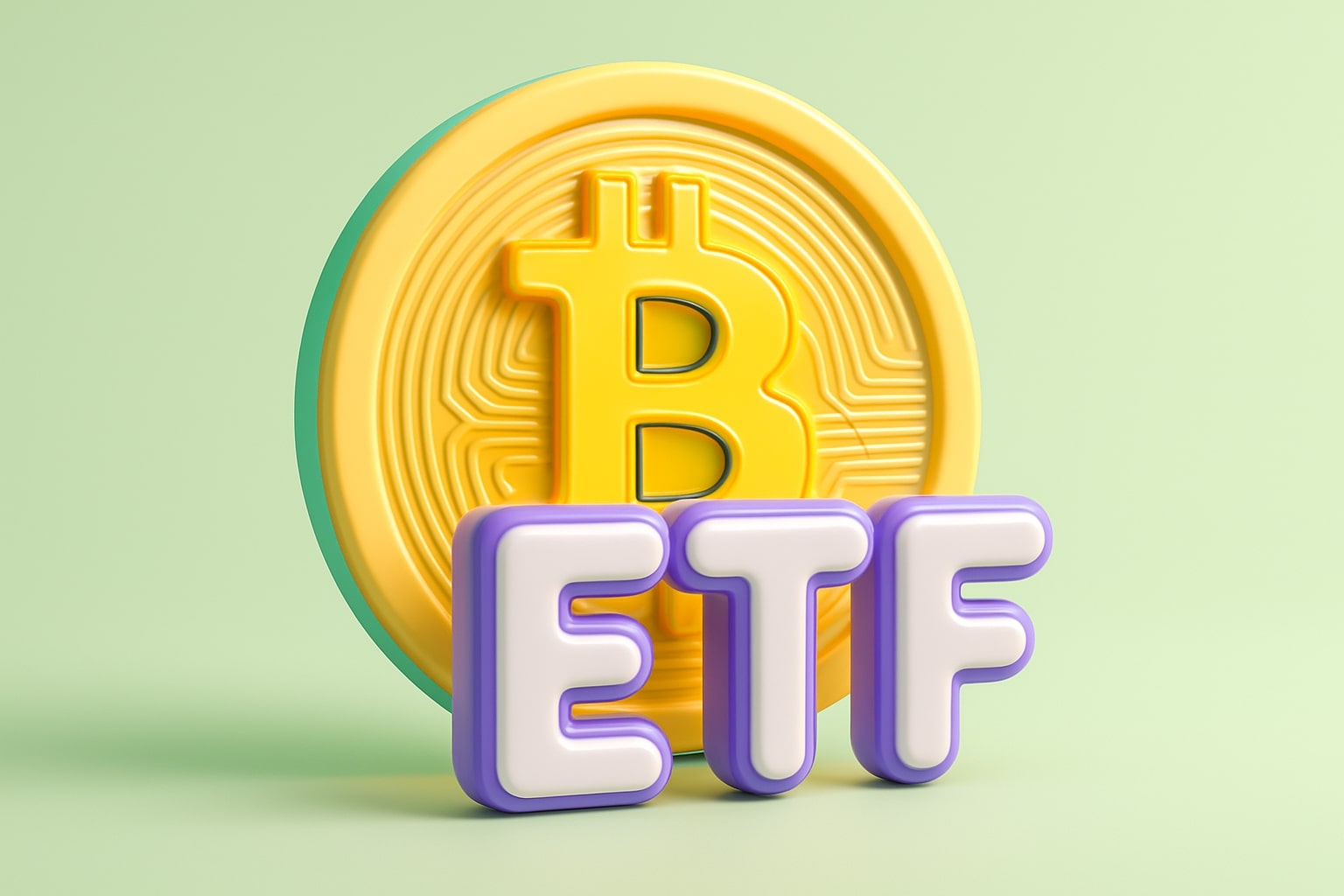Nvidia Stock Surges Above $1300 As Data Center Growth Crushes Expectations, Valuation Debate Heats Up
NASDAQ:NVDA stock is showing no signs of slowing, with shares powering through the $1300 level this week on relentless institutional demand and accelerating data center revenue. Investors are now grappling with a key question: after a 1500% five-year gain, is Nvidia fully valued or still the most compelling AI investment on the market? Comparing its PEG ratio and growth trajectory to Microsoft and peers paints a clear picture of why Nvidia remains in a different league.
Nvidia’s Explosive Data Center Growth Leaves Rivals In The Dust
Nvidia’s latest earnings delivered another staggering data point—total data center revenue soared 73% year over year, with compute revenue alone spiking 76%, outpacing the 73% segment growth and confirming insatiable demand for the company’s AI infrastructure. The compute segment now contributes nearly 70% of data center compute revenue, led by adoption of the Blackwell architecture. According to CFO Colette Kress, hyperscalers are each deploying about 1,000 NVL72 racks weekly—meaning 72,000 Blackwell GPUs are going live every seven days. Azure OpenAI alone processed 100 trillion tokens last quarter, a fivefold increase from a year ago, driving demand for Nvidia accelerators.
For context, Nvidia’s data center revenue now dwarfs AMD and Intel’s data center segments combined, underscoring its dominance in AI compute. The company’s recent guidance of $45 billion in revenue next quarter, a 50% year-over-year increase, was issued even after absorbing an $8 billion headwind from U.S. export restrictions on H20 GPUs. These numbers make clear that Nvidia’s data center growth is not just intact—it remains unmatched.
Gross Margin Dip Explained And Why It’s Temporary
Gross margin fell to 60% last quarter, the lowest since Q1 2023, triggering questions from some investors. But the decline was entirely driven by a $4.5 billion inventory write-down related to H20 GPUs blocked from export to China. Excluding this charge, gross margin would have been 71%, in line with prior guidance. Management reaffirmed a non-GAAP gross margin target of 72% for next quarter and mid-70% margins by year-end. The company is also moving fast to address the China issue, developing a new B30 AI chip designed to comply with export restrictions, which could help recover lost China revenue.
Importantly, the shift away from lower-margin China sales toward higher-margin Blackwell products should support elevated margins going forward. Less revenue from China, paradoxically, is a margin tailwind as the company’s most advanced AI systems become the main driver of data center sales.
PEG Ratio Signals Nvidia Still Offers Strong Relative Value
Valuation skeptics point to Nvidia’s trailing twelve-month P/E of 45.37x, higher than Microsoft’s 36.15x. But this raw comparison ignores growth differentials. Nvidia’s TTM EPS is $3.13, with forward EPS estimated at $4.28—a 36% projected increase. Microsoft’s forward EPS is $13.39, up just 3% from its TTM EPS of $13.00.
Applying PEG analysis clarifies why Nvidia still commands its premium. Using Nvidia’s 81% TTM EPS growth, its PEG ratio is a strikingly low 0.56. Even using the more conservative 36% forward growth, the PEG is 1.26—still highly attractive. In contrast, Microsoft’s PEG ranges from 3.01 to 12.05 depending on the growth assumption.
When benchmarked against sector averages, Nvidia shines. The NYU Stern study shows the semiconductor industry’s average PEG is 3.08, with electronic equipment at 2.82 and computers/peripherals at 3.29. Nvidia’s sub-1 PEG underlines how compelling its valuation remains relative to both peers and its own blistering growth rate.
Data Center Compute Anchors Nvidia’s AI Leadership
Looking deeper, the most critical indicator of Nvidia’s momentum is the compute side of its data center business. Blackwell GPUs and Grace CPUs, which now anchor the company’s offerings, represent the sharpest edge in AI acceleration globally. With 72,000 Blackwell GPUs shipped weekly, demand is not plateauing—it is ramping. Nvidia’s roadmap commits to annual updates of its AI infrastructure platforms, ensuring a steady cadence of performance gains.
At the GTC 2025 keynote, CEO Jensen Huang emphasized that the AI inflection point is driving an unprecedented $1 trillion wave of data center investments. The Blackwell architecture already delivers 40x performance improvements over its Hopper predecessor. Nvidia is also preparing the Blackwell Ultra update for release in the second half of this year, while future platforms under the Vera Rubin architecture are already in development.
New markets are opening fast. The company projects a $50 trillion opportunity in AI-driven physical robotics and automation. Nvidia’s Isaac and Cosmos platforms aim to lead this space, unlocking fresh long-term growth vectors beyond the core data center segment.
Risks Remain, But Street Is Overly Focused On Margins
There are risks. The main near-term risk is Nvidia missing top-line consensus if B30 chip development falters or delays occur. Management expects an $8 billion sales hit from H20 restrictions next quarter. Additionally, gross margin volatility—though now well-explained—could spook traders accustomed to consistent beats.
The Street’s expectations are sky-high. Last quarter’s top-line surprise was Nvidia’s smallest since FQ4 2023. Any slip, even temporary, could trigger sharp selloffs. The market is clearly pricing in continued perfection.
Another looming risk is the potential for new U.S. policy moves restricting B30 sales. The stock’s current resilience assumes the B30 will come to market on time and that China revenue will rebound, albeit modestly. Any adverse developments here would challenge this bullish thesis.
Institutional Flows And Insider Activity Paint Bullish Picture
Institutional positioning remains strong despite headline risks. Q1 2025 13F filings show only a slight decline in institutional ownership and new positions in NASDAQ:NVDA. This is understandable given that the filings captured data only through late March, just before key AI tailwinds accelerated further.
Investors should watch the next round of 13F data closely. If Q2 filings show double-digit increases in new positions and total funds holding the stock, it would validate institutional confidence in Nvidia’s AI leadership story.
Insider activity also remains critical to monitor. Investors can track the latest insider transactions here to gauge sentiment from those closest to the company’s evolving prospects.
NVDA Stock Momentum Strong As Price Targets Lift
Price action supports the bullish narrative. After powering through $1300, NASDAQ:NVDA is testing all-time highs. The stock’s RSI remains healthy despite the sharp rally since April. With earnings momentum intact and data center growth accelerating, there appears little to stop Nvidia from challenging $1500 and beyond in the coming months—barring an unexpected policy shock or major execution stumble.
Management’s reaffirmation of 50% year-over-year revenue growth next quarter, even with an $8 billion China headwind, sends a clear message: Nvidia’s AI engine is still running full throttle.
Final Strategic Perspective On Nvidia’s Unique Position
Stepping back, Nvidia remains arguably the most profitable and fastest-growing technology company globally. Even if growth decelerates to 35% over the next several years—a conservative assumption—Nvidia’s valuation is justified and superior to sector averages. Its PEG ratio remains one of the lowest in big tech.
Annual product cycles, expansion into software and robotics, and Blackwell’s dominance position Nvidia to maintain its lead. Risks—B30 delays, policy shifts, and margin volatility—are real, but manageable. If anything, the company’s ability to guide for 50% growth while absorbing an $8 billion revenue loss underscores its operational strength.
For investors weighing whether NASDAQ:NVDA is fully valued, the evidence is clear: it is not. Nvidia’s structural leadership in AI, unmatched data center scale, and powerful product roadmap argue for continued upside. The PEG analysis alone makes this case stronger than many realize.














